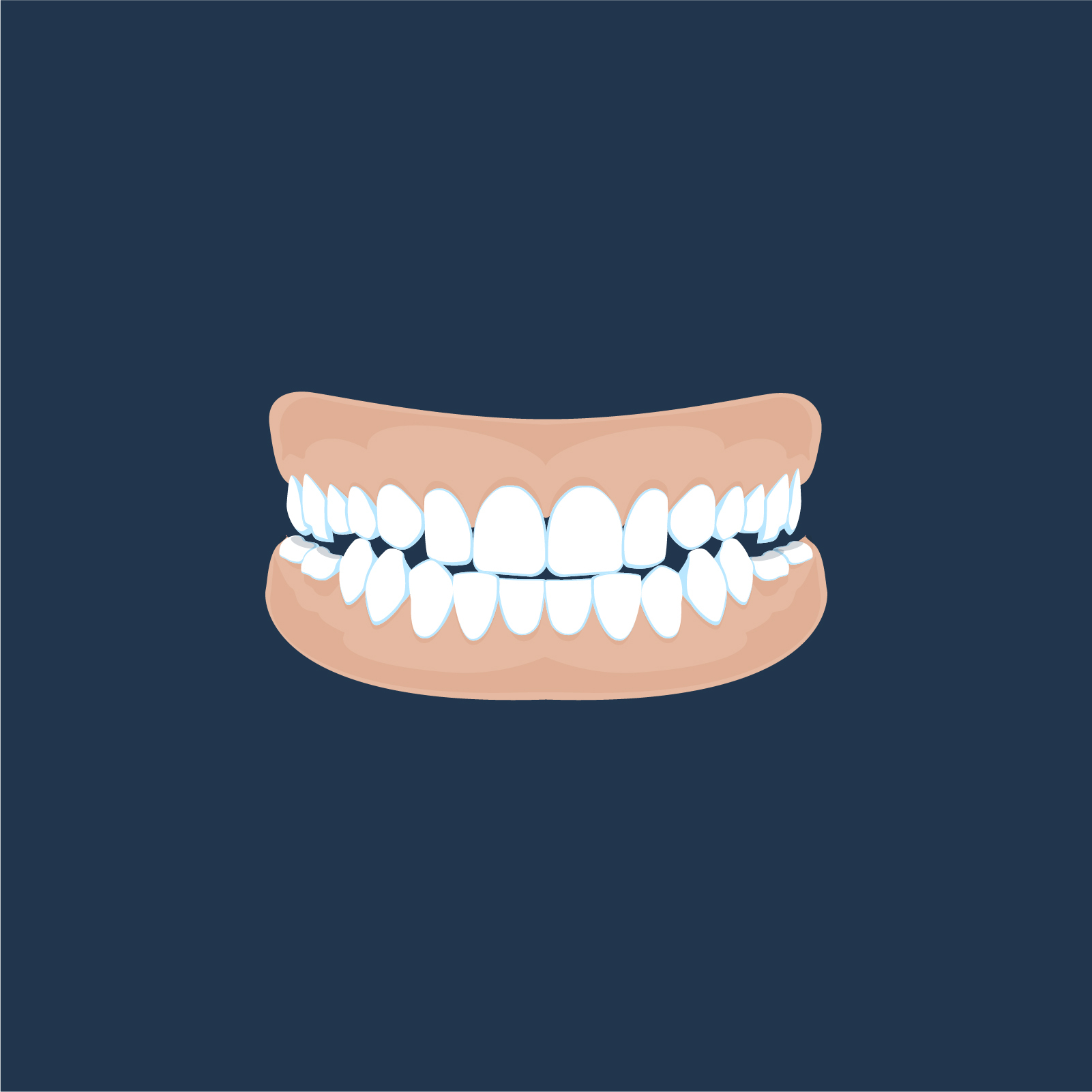What is a scissor bite?
A scissor bite occurs where an upper tooth and its matching lower tooth do not contact each other. They tend to ‘keep’ growing past each other over time. The most common of these is where an upper back tooth is positioned too wide and its corresponding lower tooth is too narrow.
Why it’s important to treat scissor bite
Having a scissor bite interferes with the ability to properly chew food since the teeth don’t line up and therefore have no contact with each other. Untreated scissors bite also can cause gum recession and tooth root damage, because the overlapping molars may rub against the gum line and apply too much pressure. Gum recession ultimately can lead to a host of other problems, including periodontal disease.
Why early intervention is recommended
Phase 1 (or interceptive) treatment can be recommended because scissor bite never corrects itself. If a scissor bite exists while a child still has his/her baby teeth, it can persist when the permanent teeth erupt. Postponing treatment could mean that more extensive, complex treatment will be required to correct the problem as your child grows older. It’s recommended that children be evaluated by an orthodontist at age 7.
Common treatment options
Patients who have a scissor bite where only a few teeth are out of alignment can usually be treated using orthodontics.
Every orthodontic case is unique and a consultation with Dr Whittle would be required, however, below are some popular appliances that are used in treating scissor bite.
- Intermaxillary Cross-elastics: This is the most common solution and often done in conjunction with braces or a simple fixed appliance such as a Transpalatal Arch or Lingual arch appliance. Elastics are applied to the upper teeth and connected to the lower teeth in a cross pattern. For example, the elastic may connect from the cheek side of your upper arch to the tongue side of your lower arch.
- Trans-palatal Arch Appliance: This appliance is used in order to maintain the upper jaw’s arch width and move the molars into positions which can’t be accomplished only using wires. The appliance is bound around the first molars on each side of the mouth and a thin wire spans the roof of the mouth.
- Lingual Arch Appliance: This appliance, like a Trans-Palatal Arch, works by stabilising the back molars to act as an anchor against which other teeth can be moved. It also prevents the molars from blocking the space where the permanent teeth will eventually erupt.
- Temporary Anchorage Devices: Use of these devices can assist to decrease the width of the arch and upright the molars in order to correct scissor bite without the use of surgery.
The surgical approach
In rare cases where a major discrepancy between the width of the upper and lower jaw, or where numerous teeth are involved in the scissor bite, surgery may be required. Dr Whittle works in close collaboration with specialist Oral and Maxillofacial surgeons to ensure these complex cases are properly managed. There is a period of braces treatment to get the teeth correctly positioned in each jaw. The surgical correction of scissor bites includes a procedure called an osteotomy where the surgeon places the jaws and the teeth is their correct relationship with each other and the patients’ face. For a jaw osteotomy, the jaw bone is cut, moved, modified and realigned. In these complex cases Dr Whittle and the surgeon use sophisticated 3D Xrays and integrated planning software to carefully plan all of the tooth and bone movements needed for a successful outcome.
